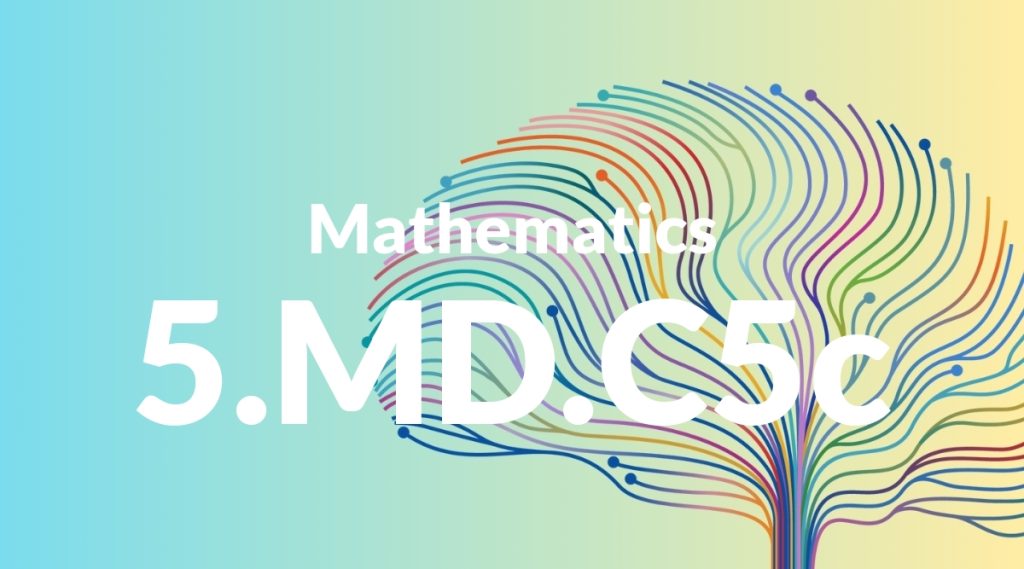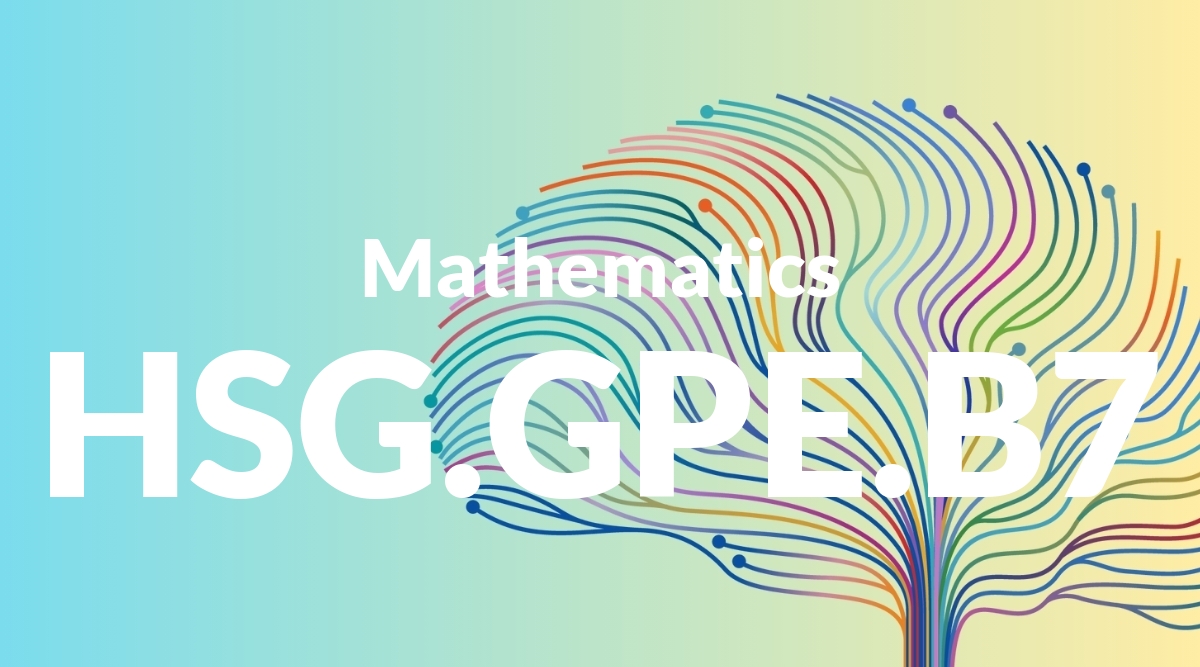Standard: 5.MD.C5 – Relate volume to the operations of multiplication and addition and solve real world and mathematical problems involving volume.
Grade level: Grade 5
Subject: Mathematics
Domain: Measurement & Data
Teacher Overview
This standard focuses on helping students understand how volume relates to multiplication and addition, and how to apply this understanding to solve real-world problems. Mastery of this standard is crucial as it lays the groundwork for more advanced mathematical concepts in geometry and measurement. Before tackling this standard, students should be comfortable with basic multiplication and addition, have a foundational understanding of volume, and be able to measure dimensions in standard units.
After mastering this standard, students will be prepared to tackle more complex geometric problems, including understanding and calculating the properties of various three-dimensional shapes.
Common Misconception 1
A common misconception is that students may think volume is simply about counting cubes without understanding the relationship to multiplication. This is incorrect because volume is calculated by multiplying the dimensions of an object (length, width, height) to find the total number of cubic units.
Intervention 1
To address this misconception, use hands-on activities involving unit cubes to demonstrate how volume is derived from multiplying dimensions. This visual and tactile approach helps students grasp the concept more concretely.
Common Misconception 2
Another misconception is confusing volume with surface area. Students might think both are the same, but they measure different properties. Volume measures the space inside a 3D object, while surface area measures the total area of all the surfaces.
Intervention 2
To remediate this, provide clear definitions and use visual aids to show the difference between volume and surface area. Use real-world examples to illustrate how each is used differently.
Prerequisite Knowledge
Students should understand basic multiplication and addition, be familiar with the concept of volume, and know how to measure dimensions in standard units.
Subsequent Knowledge
Students will develop skills in more advanced geometry, including understanding the properties of three-dimensional shapes and solving more complex volume problems.
Instructional Activities
- Hands-on activities with unit cubes to build and measure volume
- Real-world problem-solving tasks involving volume calculations
- Interactive digital tools to visualize and manipulate 3D shapes
- Group projects to design and calculate the volume of various containers




